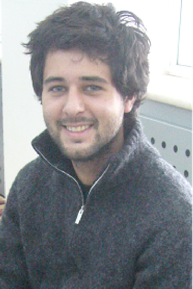The MOAIS/KAAPI Team is composed of
Xavier Besseron (integration of TakTuk with proActive),
Vincent Danjean (karun),
Guillaume Huard (TakTuk),
Serge Guelton (NQueens program),
Frédéric Wagner (NQueens program),
Thierry Gautier (Kaapi, leader).
The KAAPI library was used with success during the NQueens contest during the IV GRID PLUGTEST of the Grid@work event organized by ETSI, INRIA and CoreGRID in Bejing, China.
The 3 key points of reaching high level of performances are :
-
1. have a simple API to develop parallel program. The program have been developed on top of the Athapascan API of KAAPI that defines only two keywords to describe parallelism. We have mostly reused the version of that we have used during the III GRID PLUGTESTS in 2006. The first version was developed in less than half a day based on the original Takaken code. Three full-time days has been devoted to optimize the sequential code using C++ template specialization. The gain with the original Takaken code is about 34%.
-
2.use a proved theoretical scheduling algorithm for these kind of strict multithreaded computation (our NQueens is a pure serie-parallel program) for both homogeneous or heterogeneous (in speed) clusters. This scheduling algorithm is basically a work-stealing algorithm that is theoretically efficient for program with small critical path with respect to the work. We have extend classical workstealing algorithm with hierarchical version in order to better take into account the hierarchy of grid. Experiments during the contest have demonstrated its very good scalability up to 3772 cores.
-
3.use an efficient deployment tool TakTuk. This year we have work on integrating TakTuk into proActive deployment mechanism.




